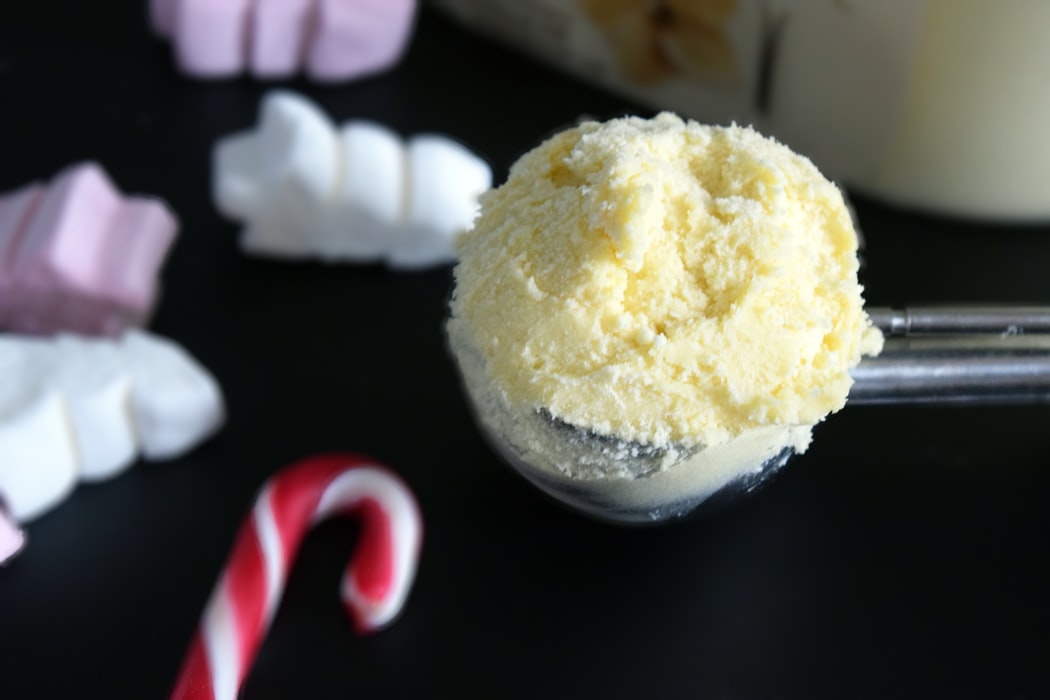How To Hand Wash A Hiking Backpack?
Regardless of the type of washing you choose to make your backpack as good as new, the first operation you will have to carry out will be to completely empty this bag of its contents.
This operation is essential both to prevent
any objects stored inside it from being damaged when they come into contact
with water, and because when you go to rub the fabric of the backpack to wash
it some metal object could ruin it or even tear it off.
After you have emptied it of the largest
and most bulky items, we recommend that you use a small battery vacuum cleaner
to remove any residual crumbs and dust inside.
All the objects that you usually keep inside the backpack can be stored in a container or in a plastic bag to put them back inside and you can also take advantage of the opportunity to clean something that is normally contained in the backpack.
Another operation that you can do before washing concerns the treatment of stains.
You can use a degreaser or cleaner that you
will need to spray on the stains and let it work for at least 30 minutes.
After this time, you can use a soft brush
or an old toothbrush to easily remove stains from the fabric.
We strongly advise you not to use bleach as
with a very high probability it will ruin the fabric of the hiking backpacks.
If you do not have a stain remover or a specific detergent for stains available, you can use a solution made of soap and water to apply directly on the stains.
Let's move on to the actual washing.
First you will need to fill a large basin,
the bathtub or the breakfast nook with lukewarm water.
It will be essential that you do not use
hot water as this could discolor the fabrics.
Some very important aspects during the
washing phase are the space available which must be sufficient to guarantee
freedom of movement to easily wash the different compartments of the hiking
backpack and to pay attention to any parts of the same for which the washing
instructions recommend. not to immerse completely in water.
After carrying out a first wash using only
the water you filled, you can add detergent, taking care, however, that it is
not a particularly aggressive product that could cause both skin irritation and
damage or discoloration of everything or part of the backpack fabric.
If you are sure not to damage your hiking
backpack you can immerse it completely in the water and use a brush with soft
bristles.
In reality, the best choice is to use the
latter only where the dirt is particularly evident or where there are stains
with encrustations while it is more convenient to use a soft cloth for ordinary
cleaning.
If you are not sure that the fabric will
not be damaged by the use of the brush, a valid alternative is the use of a
sponge, soaked in water and detergent, with which to exert a slight pressure in
the areas where there is dirt to remove it easily.
At this point, if you realize that your
hiking backpack is clean, the washing is finished and you can then proceed to
rinse it under plenty of cold or lukewarm water to remove any residue of dirt
and traces of detergent.
To decrease the time it takes for it to
dry, you must wring out the backpack so that as much water as possible is
eliminated. During this phase you must be careful of the zips and any other
metal parts that could damage the fabric of the backpack while it is being
wrung.
The last phase of the wash consists in
drying which must take place naturally, spreading it out in the fresh air,
avoiding using the dryer.
This is because it ensures that the
backpack dries gradually without any unpleasant odors left behind.
Preferably the backpack must be positioned
upside down and with the zippers open.
Before using your hiking backpack again and storing the items you previously removed, make sure it is perfectly dry to prevent moldy areas from forming with moisture.
At this point you can proceed with the preparation of the backpack before the actual washing.
With the help of a brush, you will proceed
to remove any residual dirt on the fabric and then you can use a damp cloth to
remove any encrustations or surface stains, avoiding that major dirt can mix
with the soapy water that you will use for washing.
At this stage, you will also need to do
some small operations such as cutting any seam threads that can jam the zippers
and removing pockets and rigid structures from the main compartment.
To make sure you do not damage your hiking
backpack with an inappropriate washing, we recommend that you read the label
inside the backpack on which you will find the instructions for washing it
optimally.
Usually on the label there are detergents
and detergents that must not be used as they can damage the fabric.
If the backpack does not have a label that
provides this information, then it is better to carry out a test on a small piece
of fabric, preferably if this is located in an internal and hidden flap of the
backpack.




Comments
Post a Comment